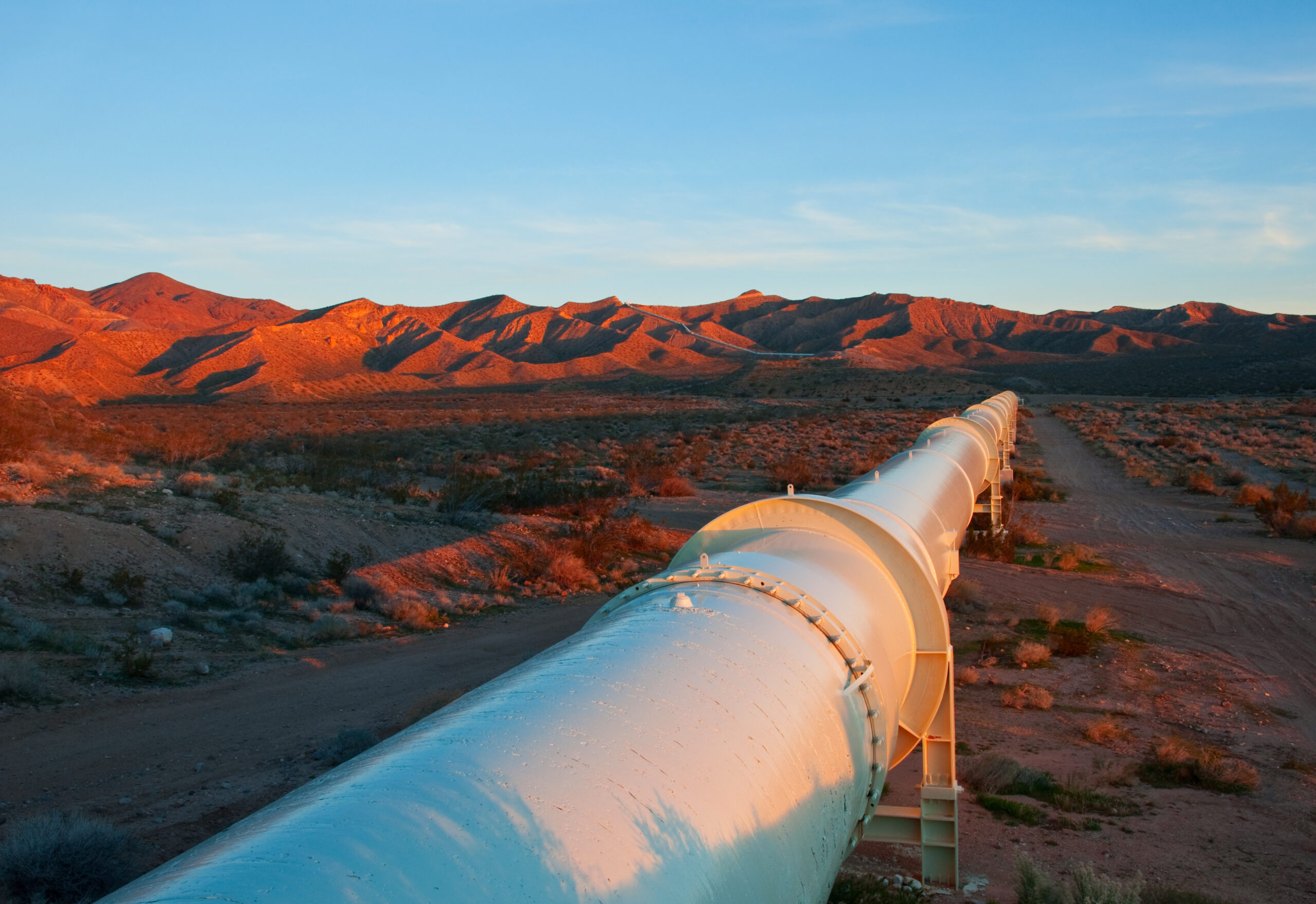
Meter Calibration Management
Challenge
In some cases, natural gas flows are not corrected for variations in pressure and temperature. Where this occurs, the meter used to charge customers may read zero flow (“high-zero”) even when a small volume of gas is flowing through the meter. This leads to billing losses to the pipeline company.
In one case this was made challenging due to the large number of meters in use.
Solution
Disparate data sources are combined and visualized in Seeq and calibration data is directly overlaid with historian process data to help detect high zero calculations which can then be addressed by maintenance actions and recalibration. Seeq’s ability to read and apply asset trees enables distribution of analyses across an entire equipment population.
Benefits
Prior to using Seeq, analysis, engineers were required to combine the data manually in a spreadsheet and spend hours or days formatting and aligning timestamps on calculating measurements for customers.
Data Sources
- Process Data Historian: OSIsoft PI
- Calibration Data: Microsoft SQL Server
Data Cleansing
- Noisy dropouts of the meters when no data was collected are removed
Calculations and Capsules
- The capsule is created when the calibration data indicates that the meter should be at “0” and the online meter reading is “greater than 0”
Summarizing Results
- The “high-zero” calculation is applied across many assets using the “asset swap” functionality in Seeq and shared using a Topic